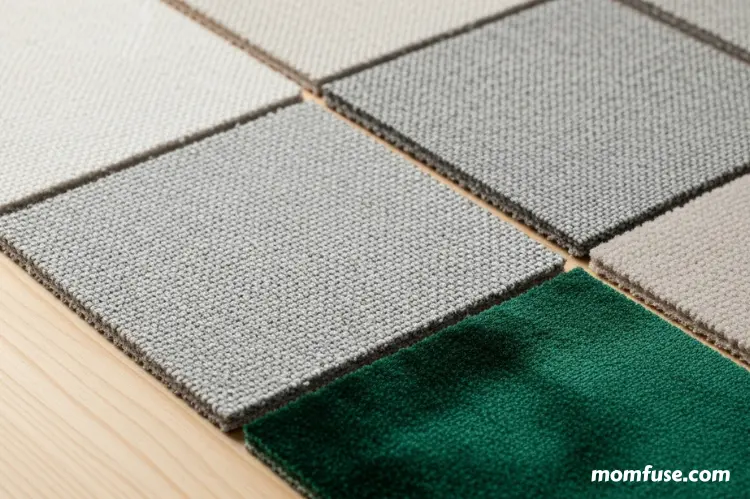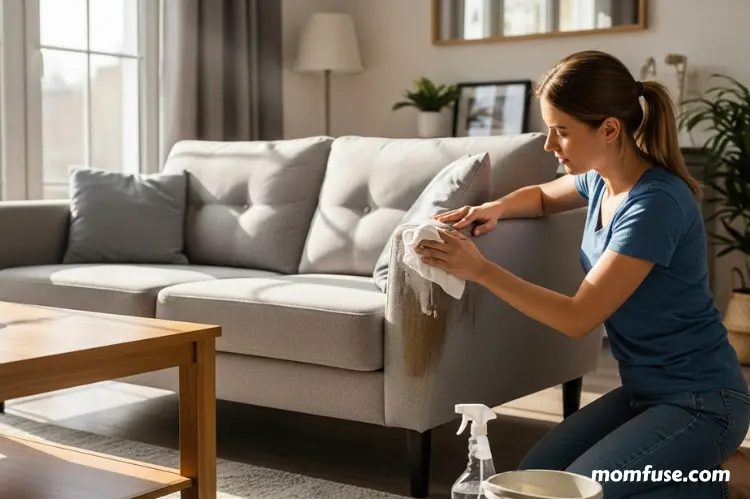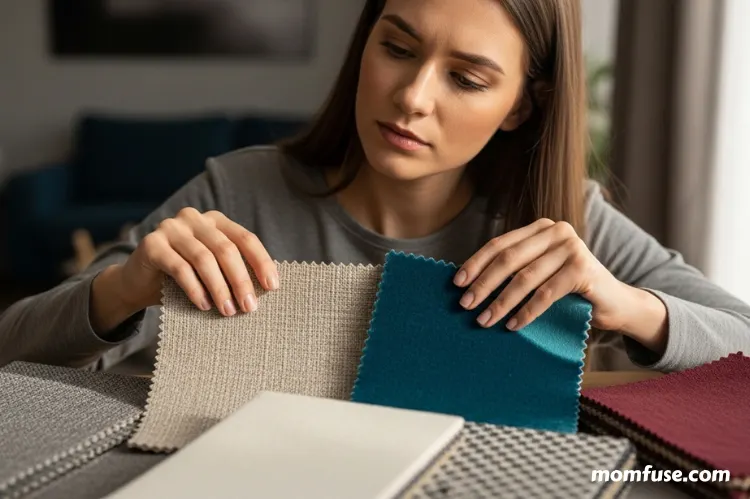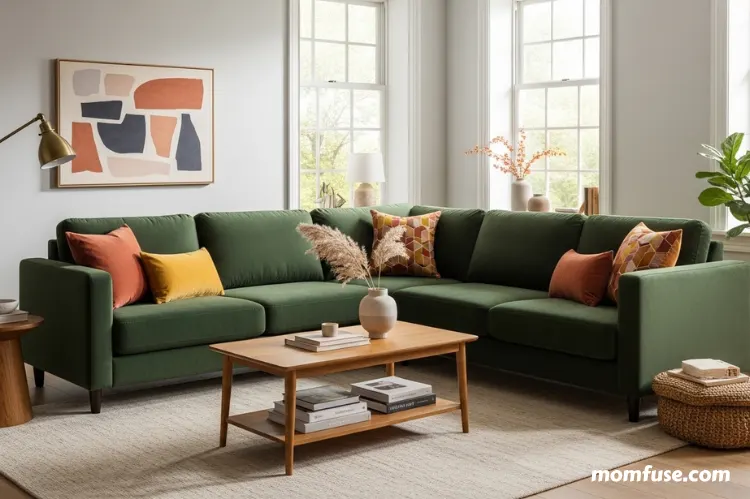There’s no denying that a sofa is one of the most important investments you’ll make for your house, so it makes sense to really think about the decision.
One thing that is often overlooked is the sofa fabric that you choose – some materials like leather require more upkeep, while others can be susceptible to scratches.
In this guide, we’ll break down what to consider when choosing the perfect sofa fabric – from durability and texture to maintenance and appearance.
Key Takeaways
- Your lifestyle should always guide your fabric choice.
- Different materials suit different levels of wear and tear.
- Understanding fabric care can help your sofa last for years.
1. Start With How You Use Your Sofa

Before choosing a fabric, think about how your sofa fits into your daily life. Is it a family hub that sees constant use, or more of a showpiece for entertaining guests?
For high-traffic homes, durability is key. Fabrics like tightly woven polyester blends, microfiber, or performance linen are designed to resist stains and handle everyday wear. If your sofa sits in a quieter space, you can opt for something softer and more delicate, like velvet or pure cotton.
It’s also worth considering who will be using it. Homes with children or pets often need easy-clean materials, while households without those demands can prioritise texture and visual appeal.
2. Understand the Different Fabric Types

Not all upholstery fabrics are created equal. Each comes with its own set of strengths and weaknesses.
Linen has a casual, airy look but wrinkles easily, making it better suited for relaxed or coastal interiors. Cotton is soft and breathable but can fade in direct sunlight. Polyester and acrylic blends are more resistant to stains and fading, making them a smart choice for busy families.
Velvet adds a sense of luxury and warmth, while leather (technically not a fabric) brings timeless durability and an effortless ability to age gracefully.
If you’re unsure which to choose, looking through design references and material pairings in online communities like FurnitureFaves can help you see how different fabrics perform visually in real homes. Seeing examples in context often makes it easier to decide what will work best in yours.
3. Match the Fabric to Your Style and Space

The best way to choose a sofa fabric is to think about your lifestyle, including how often you’ll actually use your sofa and how you want it to fit into your style.
Colour plays a big part too. Neutral shades like beige, grey, and cream are versatile and timeless, while deeper hues like navy, olive, and charcoal make a statement and hide marks more effectively. If you love colour but worry about longevity, consider using brighter tones for cushions instead of the main upholstery.
The key is harmony – your sofa fabric should tie in naturally with the tones and textures already present in your space.
4. Don’t Overlook Maintenance

Every fabric has its own care routine. Some are easy to clean with a damp cloth, while others require professional attention. Before you buy, check the care label or ask your supplier about cleaning requirements.
For busy households, removable covers can be a game changer. They allow for quick washing or replacement without needing to reupholster the entire sofa. Performance fabrics have also come a long way – many now feature built-in stain resistance and water-repellent coatings that make maintenance effortless.
If you prefer natural fibres, remember they may require more gentle care but often feel softer and more breathable.
5. Test Texture and Feel Before You Commit

Texture affects comfort just as much as appearance. A fabric that looks beautiful might not feel great to sit on daily. Always touch and test before purchasing if possible.
Smooth, tightly woven fabrics feel refined and formal, while looser weaves give a casual, laid-back vibe. The right texture depends on how you want the space to feel. For instance, pairing a sleek leather sofa with a plush rug balances modernity with warmth, while a soft boucle sofa invites relaxation and comfort.
Lighting can also change how fabric appears – what looks muted in daylight may appear richer and more dramatic at night. Try viewing samples under different lighting conditions before deciding.
6. Wrapping It Up

Choosing the right sofa fabric comes down to one thing: how you live. A well-chosen material enhances comfort, durability, and style all at once.
Think about who uses the sofa, how much wear it will get, and how much maintenance you’re comfortable with. Then choose a texture and colour that reflect your personality while complementing your space.
Getting the fabric right means your sofa will not only look beautiful but also stand up to years of everyday living – proof that practicality and design can go hand in hand.
Read Next: Affordable Quality Furniture: Tips for Parents to Buy Smart

